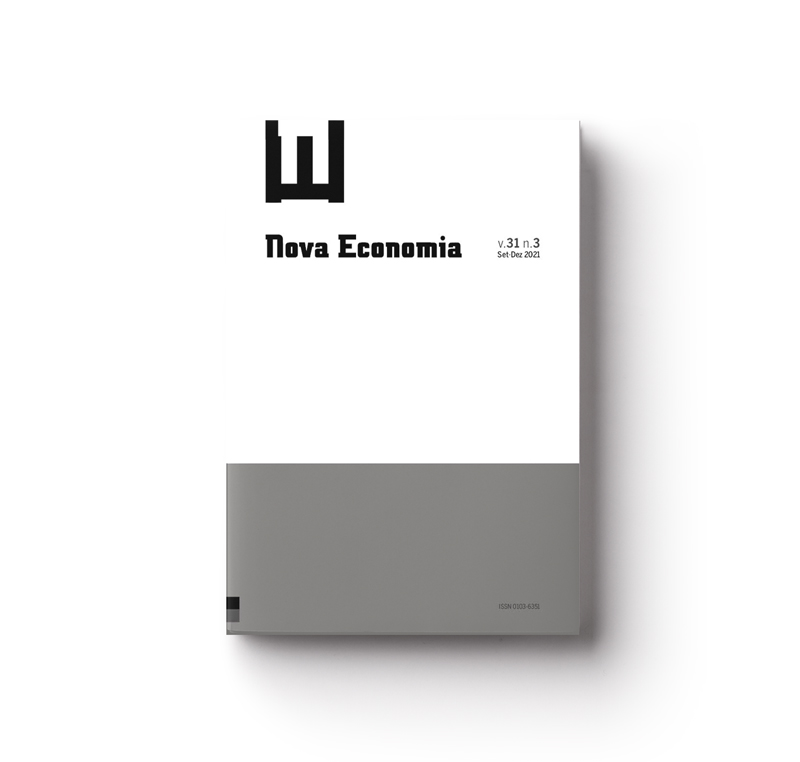Multidimensional poverty in Brazil, 1991, 2000 and 2010: a spatial approach for brazilian municipalities
Abstract
The aim of the present study was to analyze the spatial distribution of multidimensional poverty in Brazilian municipalities considering the Minimally Comparable Areas (AMC) and its convergence in the years 1991, 2000 and 2010. For this purpose, a Multidimensional Poverty Index (MPI) the exploratory analysis of spatial data was performed and the spatial econometric approach was used to verify the convergence of multidimensional poverty. The results indicated that housing conditions and demography were the dimensions that contributed most to multidimensional poverty, and the dimensions of health and sanitation and income contributed most to the reduction of multidimensional poverty. The study also pointed out that Brazil showed absolute convergence and multidimensional poverty convergence clubs, especially from 2000 to 2010. In addition, the dimensions of work and housing conditions have contributed most to the convergence of multidimensional poverty.
Keywords: multidimensional poverty; convergence; spatial econometrics.
JEL Codes: I30; I31; I32
Downloads
Published
How to Cite
Issue
Section
License
Copyright (c) 2021 Marcos Brambilla, Cunha, M. S.

This work is licensed under a Creative Commons Attribution 4.0 International License.
Authors who publish with this journal agree to the following terms:
- Authors retain copyright and grant the journal right of first publication with the work simultaneously licensed under a Creative Commons Attribution 4.0 International License that allows others to share the work with an acknowledgement of the work's authorship and initial publication in this journal.
- Authors are able to enter into separate, additional contractual arrangements for the non-exclusive distribution of the journal's published version of the work (e.g., post it to an institutional repository or publish it in a book), with an acknowledgement of its initial publication in this journal.
- Authors are permitted and encouraged to post their work online (e.g., in institutional repositories or on their website) prior to and during the submission process, as it can lead to productive exchanges, as well as earlier and greater citation of published work (See The Effect of Open Access).




